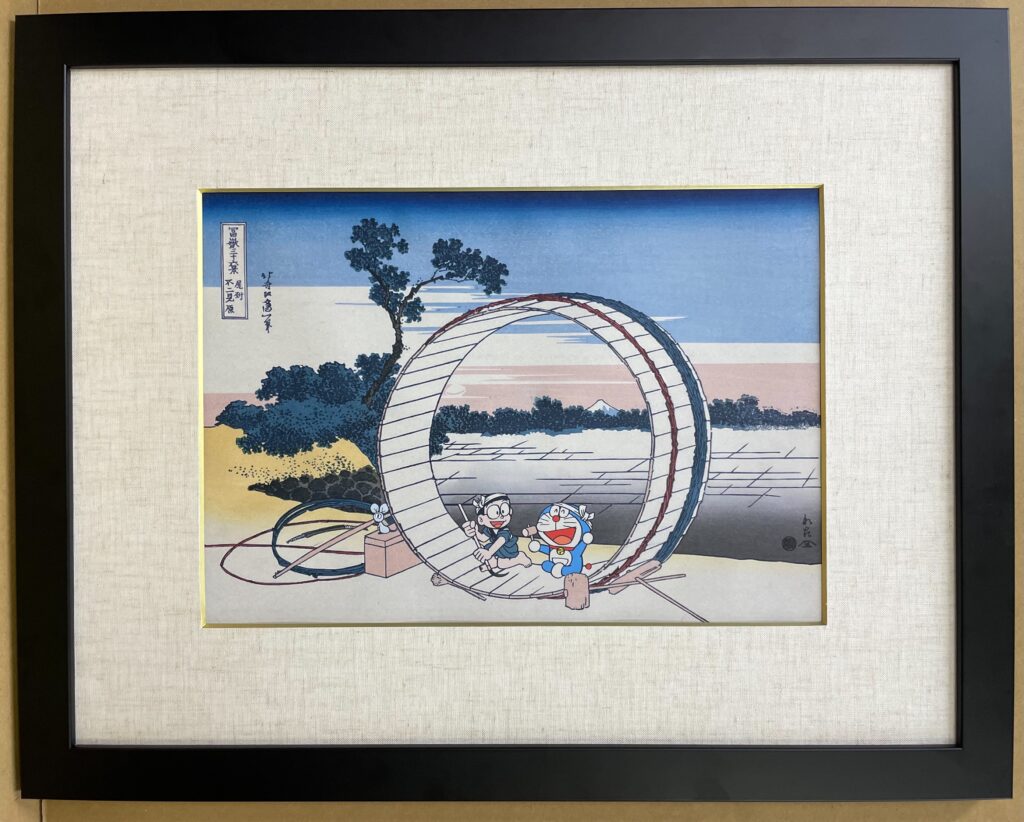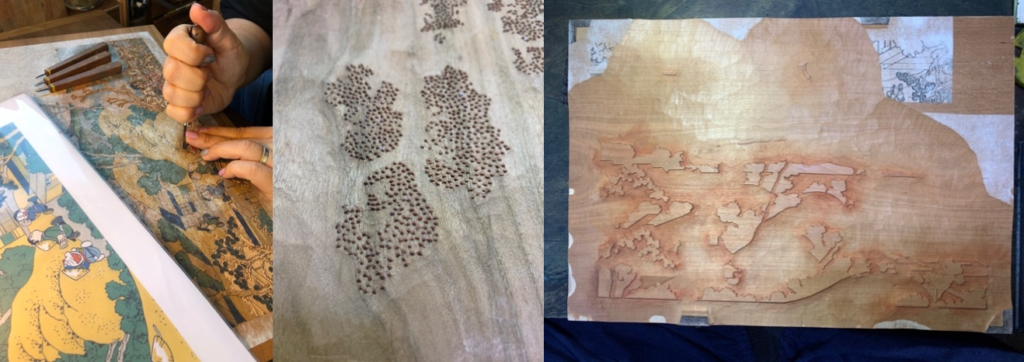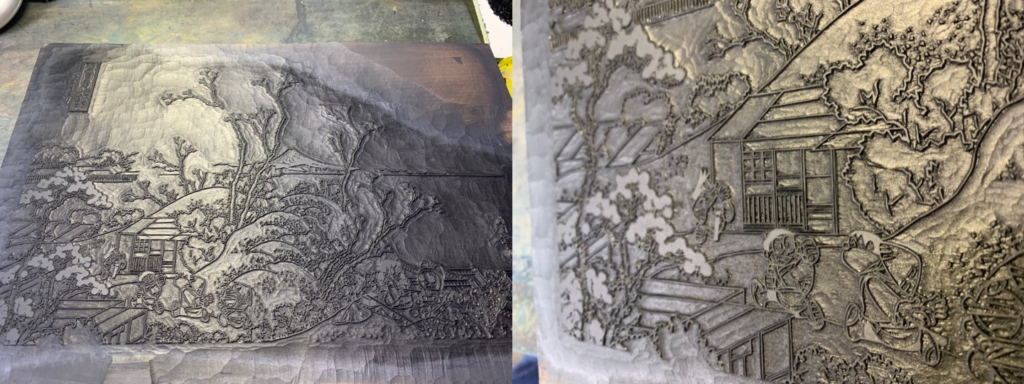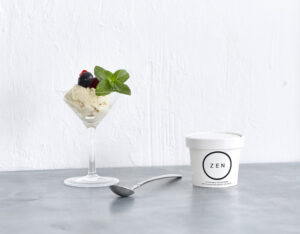Doraemon Ukiyoe to Preserve the Traditional Japanese Art
Hanzo has made a Doraemon Ukiyo-e series of “Fujimigahara in Owari Province (Bishū Fujimigahara), from the series Thirty-six Views of Mount Fuji (Fugaku sanjūrokkei)”. To carry on the traditional Japanese craftsmanship of carving and scrapping, the basis of the world-famous Ukiyo-e woodblock prints.
Ukiyo-e (浮世絵) is a Japanese art of woodblock prints and paintings born in the Edo era (1603-1867), illustrating female beauties, sumo wrestlers, landscapes, scenes from folk tales and more.
The motif—Fujimigahara in Owari Province (Bishū Fujimigahara), from Thirty-six Views of Mount Fuji (Fugaku sanjūrokkei) series is one of the greatest works of the Ukiyo-e artist Katsushika Hokusai created in his 70s. Fujimigahara in Owari Province (Bishū Fujimigahara) is the most westerly of the Thirty-six Views of Mount Fuji: the view is said of the area around today’s Fujimi-Cho, Naka-Ku, Nagoya City, Aichi.

The composition boldly illustrates a large barrel in the centre with artisans at work, peering out of the barrel to a triangular view of Fuji. You can see Doraemon and Nobita happily making the barrel and Mt Fuji watching over them in the distance, like a close-familiar entity.
Doraemon and Nobita blended in with Hokusai’s masterpiece, painted on Echizen handmade Japanese washi paper using the engraver-etcher’s traditional techniques.
■How Ukiyo-e Woodblock Prints are Made
Engraving by artisan.

Scraping by artisan.

Some of the woodblocks are used for carving and burnishing. A single ukiyo-e woodblock print was completed after carving several woodblocks of different colours and burnished repeatedly.
The highly delicate and sophisticated techniques of the engraver-etcher, handed down since the Edo era, are what give each piece its indescribable handmade texture.

Salam Groovy Japan introduces Japanese products and services for the Islamic market in English and Japanese. Follow us on our social media and keep up-to-date with the latest news.



